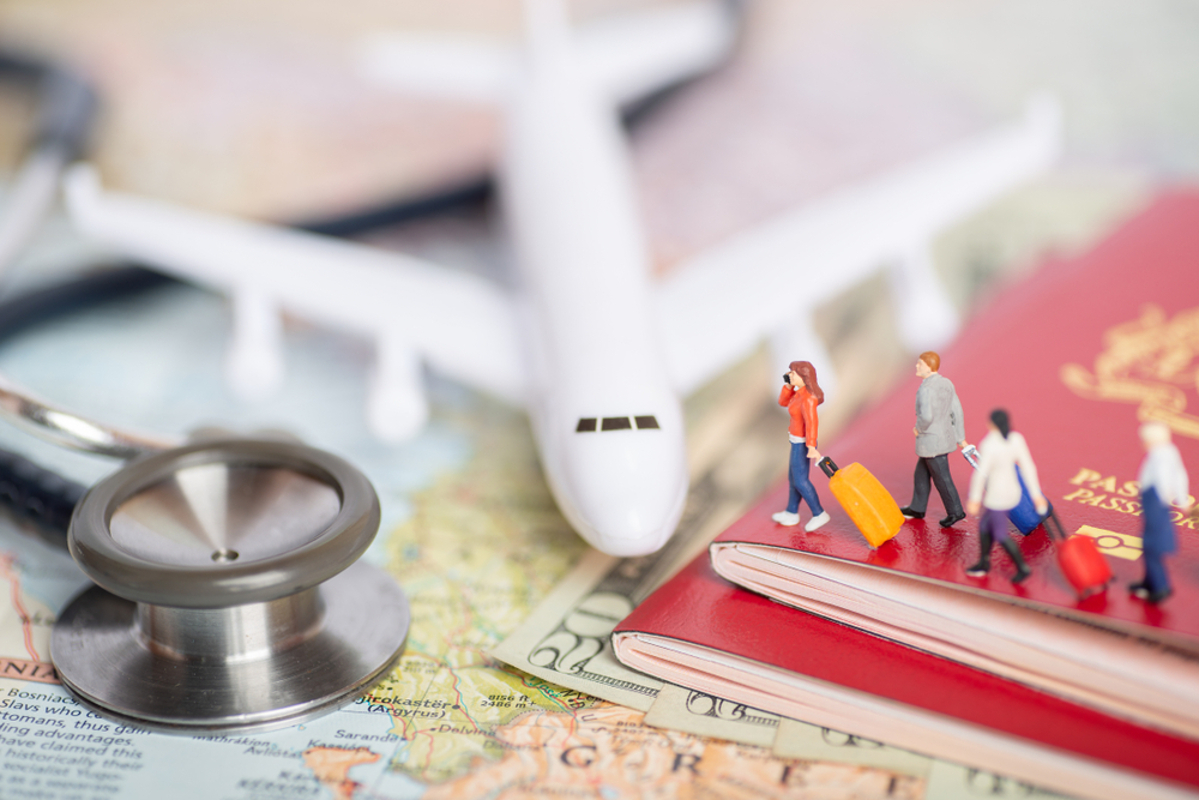
Medical Tourism Could Be a Matter of Life AND Death
As the recent tragedies in made so criminally clear, skill-challenged surgeons and fentanyl-dealing pharmacists aren’t the only risks associated with the booming medical tourism industry, especially in Mexico. There’s also kidnapping and – apparently – even murder-by-mistake. The worst part about it all though is why so many Americans are forced to even run the risks in the first place. And why so many more will be risking their lives as the days fly by, simply in order to live.
Okay, many – if not most – medical tourists are traveling for cosmetic procedures, such as nose jobs and tummy tucks. Yet even so-called vanity tweaks can affect a person’s emotional and mental health. Same for dental work, though those procedures are often just as necessary for a patient’s physical well-being. Then there are the folks who travel for fertility treatments or organ and tissue transplants. Heck, the CDC says medical tourism can even include cancer treatment.
Do any of these better health seekers deserve to be kidnapped and/or murdered?
Of course not.
Medical Tourism: Where to Go & Why
Mexico isn’t the only country that banks of medical tourism of course. In fact, as healthcare prices rise in the States, more and more countries are seeing more and more medical tourists. Josef Woodman, founder of an international health care consulting company called Patients Beyond Borders, broke it all down for CNN’s Jacqueline Howard and Janelle Chavez:
“With Mexico and Costa Rica, it’s overwhelmingly dental and cosmetic surgery,” said Woodman. “However, certain countries are known for specialties. For example, in Singapore, stem cell and oncology is huge. In India, South India and Chennai Apollo hospitals do incredible work with hip and knee surgeries.”
While medical tourism does take people all over the world, “ CNN says “violence against medical tourists is generally thought to be rare.” Nevertheless, warns the CDC, such travelers still face “quality of care [and] infection control” risks, as well as “communication challenges.”
Bad Pharmacies
NPR Morning Edition correspondent Brian Mann found one of the highest risks is with Mexican pharmacies, which seem to operate with more freedom than oversight. In fact, a recent report found tourist-oriented pharmacies in Northern Mexico are rife with fentanyl, heroin and methamphetamine-based counterfeit pills.
The report, which was funded in large part by NIDA and conducted by researchers at UCLA’s David Geffen School of Medicine, went pharmacy-shopping for single-pill doses of “oxycodone,” “Xanax” and “Adderall,” and they did it in English.
“Of 40 pharmacies, these controlled substances could be obtained in any form with no prescription at 68.3% [of pharmacies,] and as single pills at 46.3%.” Scarier still, 26.8% of the pharmacies dispensed counterfeit pills.
“Of the 45 samples sold as one-off controlled substances, 20 were counterfeit, including 9 of 11 (81.8%) sold as “Adderall” that contained methamphetamine, and 8 of 27 (29.6%) sold as “Oxycodone” that contained fentanyl, and three ‘Oxycodone’ samples containing heroin.”
Furthermore, “pharmacies providing counterfeit drugs were uniformly located in tourist-serving micro-neighborhoods, and generally featured English-language advertisements for erectile dysfunction medications and ‘painkillers’.”
To be fair, “pharmacy employees [did] occasionally express concern about overdose risk and provided harm reduction guidance.”
“When I see there are fentanyl pills somewhere that look like [prescription drugs], I know there have to have been people who’ve died from that,” UCLA assistant-professor and researcher Chelsea Shover told Mann.
Then again, when you’ve got scores of pharmacies catering to flush (if budget-conscious) Americans, there’s bound to be some bad actors.
High Alert
Senator Edward Markey (D, MA) and Congressman David Trone (D, MD) recently wrote a letter to Secretary of State Anthony Blinken calling for a Travel Advisory warning Americans of the inherent dangers in buying pharmaceuticals south of the border.
“We have almost 12 million Americans visiting Mexico every year,” Trone told Mann. “”We should be very concerned.”
“There’s literally a pharmacy on every corner,” he continued, “they’re everywhere down there, because the price of drugs is cheaper.”
Indeed. But while a Travel Advisory might help the odd shopper who still blindly believes “their” pharmacist, foreign or otherwise, it certainly into isn’t going to prevent Americans from seeking relief from the high cost of healthcare.
An End to Medical Tourism
Will there ever be an end to medical tourism? Not likely. Not anytime soon anyway. Unless our elected leaders suddenly find a way to rein in the entrenched medical establishment. That means putting the breaks on Big Pharma, as well as the insurance companies that co-sign their expenditures.
Of course that would mean an entire industry overhaul. And that may not be possible no matter how much strength and courage Congress manages to summon. We humbly and wholeheartedly wish that they’d at least try, if not for our own sake (we know it’ll take time), then for the sake of the next generations. Because the current system can’t sustain us much longer.